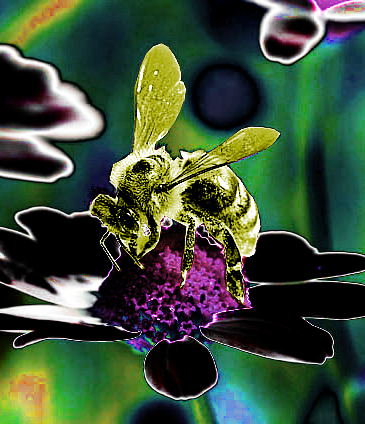Bee sting continues
 Almost a year since the deadly varroa mite was discovered at NSW properties, more sites are emerging.
Almost a year since the deadly varroa mite was discovered at NSW properties, more sites are emerging.
Varroa mites (Varroa destructor and V. jacobsoni) are tiny red-brown external parasites of honey bees.
Varroa mites can feed and live on adult honey bees, but they mainly feed and reproduce on larvae and pupae in the developing brood, causing malformation and weakening of honey bees as well as transmitting numerous viruses.
Farmers, landholders and beekeepers in New South Wales have destroyed hundreds of hives to control the spread of the deadly parasite in the past year, but reports this week say new cases keep popping up.
The efforts to contain the varroa mite have suffered a setback as nine new cases have been identified in the New South Wales Central Coast and Hunter regions.
The state’s Department of Primary Industries (DPI) says infested premises are in Glen William, Brookfield, Sawyers Gully, Yarramalong, and as far south as Horsfield Bay, Woy Woy, Koolewong, and Umina Beach.
Consequently, the Central Coast's red eradication zone has been extended, covering nearly the entire region. All beehives and equipment in the affected areas must be destroyed, and treatment of wild bee populations prioritised to contain the mite's spread.
The Central Coast Amateur Beekeepers club has been devastated by this latest outbreak, which has effectively destroyed the local industry.
The club has lost its apiary for the fifth time since the outbreak began, eradicating all its genetic material and stock. The outbreaks have led many club members to abandon beekeeping, resulting in a 50 per cent reduction in the club's membership.
The total number of infested premises has now reached 131 since the varroa mite was first discovered at the Port of Newcastle in June last year, raising concerns about Australia's biosecurity policies.
Some are calling on the state government to restrict imports to prevent further outbreaks, but others say that such measures could increase the prices of locally produced food.








 Print
Print